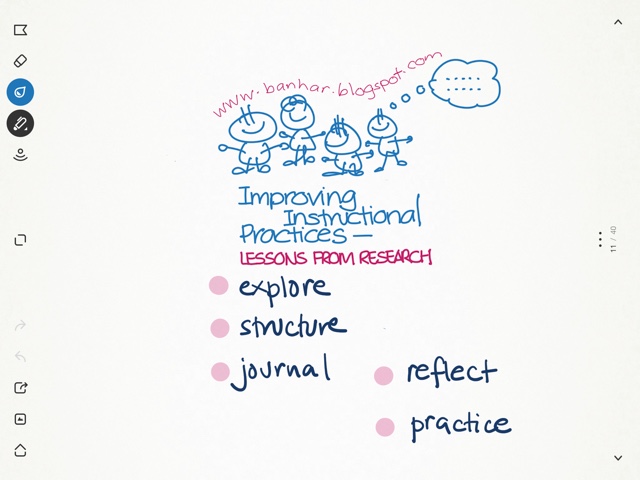I kicked the conference off by outlining ways to improve instructional practices, at classroom level and at system level. I gave our colleagues in Mineasota a list of core competencies to focus on and a list of classroom tools to make those happen. Later in a concurrent session I elaborated on one of them, the focus on visualization using bar models.
This blog is about teacher professional development courses that I conduct in Singapore and other countries.
Friday, April 29, 2016
Duluth, USA | 29 April 2016 Concurrent Session
Concurrent Session
We use these problems to look at how to
- help students with managing information in word problems (metacognition)
- help students develop visualization through bar models (visualization)
- help students in presenting solutions (communication)
- encourage students to do mental math during the solving of word problems (oh! its's embarassing.) (number sense and metacognition)
Thursday, April 28, 2016
Duluth, USA | 28 April 2016 Symposium
Ross Taylor Symposium
We discussed the question of mathematics lessons that work.
Wednesday, April 20, 2016
Singapore | 19 April 2016
Lesson Study at CHIJ Our Lady of Good Counsel
A group of teachers from England and the US visited the school and participated in two research lessons in mathematics.
I think one area of work the school can work on is teacher growth through lesson study.
In one research lesson, we saw students learning to measure mass of things less than one kg.
In my comments as knowledgeable others, I brought up three points. First, this lesson is a study of exploration versus structured learning. Second, this lesson afforded us to rethink which parts of the lesson can be taken out of the hands of the teacher and done using technology.
In addition, the three tasks for guided practice - weighing A, B and C, allows formative assessment (assessment for learning). Students got the correct reading when the reading fell on numbered parts of the scale such as 250g but there was a range of answers when it did not. I asked the question on how the teacher could make use of this assessment data to help students learn to read the scales correctly in such situations | Lesson Study
Friday, April 15, 2016
Chicago, USA | 14.15 April 2016
Lesson Structure
- Anchor Task ~ we discussed how to bring anchor tasks to live and have a chance to work with grade level colleagues on how to craft anchor tasks
- Guided Practice ~ we discussed how variation is embedded in good practice
- Independent Practice
Thursday, April 7, 2016
Connecticut, USA | 7.8.11.12.13 April 2016
Westport Public Schools is using a modified lesson study format for their professional development. Team from different grade level engage in lesson planning, lesson observation, post lesson discussion cycle.
Kindergarten | We looked at the idea of making one out of ten - for example students putting toy bears in tens and building a structure (which they stea afterwards) using ten cubes. This is fundamental to counting to twenty.
In Grade 1, we see adding ones to ones, tend to tens, renaming and breaking numbers apart appropriately are key ideas in addition within 100. We also discussed conditions of learning.
The middle school studied two lessons - one on exponents and the other on measures on variation.
Monday, April 4, 2016
Connecticut, USA | 4.5.6 April 2016
Anchor Task - How do we give instruction for Triangle PET (some cartoon character) to move to a new position?
Using what students suggest, we get students to talk about translation (which cannot get PET to the desired position, rotation (where we need to provide specific instructions about rotating about which point, through what angle and in what direction), and reflection (where we need to provide specific instruction about reflection in which line).
To challenge students, we introduced elements from things they know from before eg naming line of reflection using y=mx+c and finding midpoints between two points.
Mental Math Discussion | Grade 2
Subscribe to:
Comments (Atom)





































